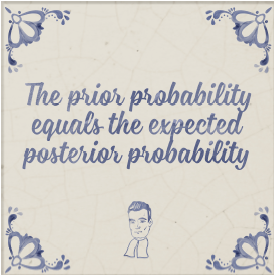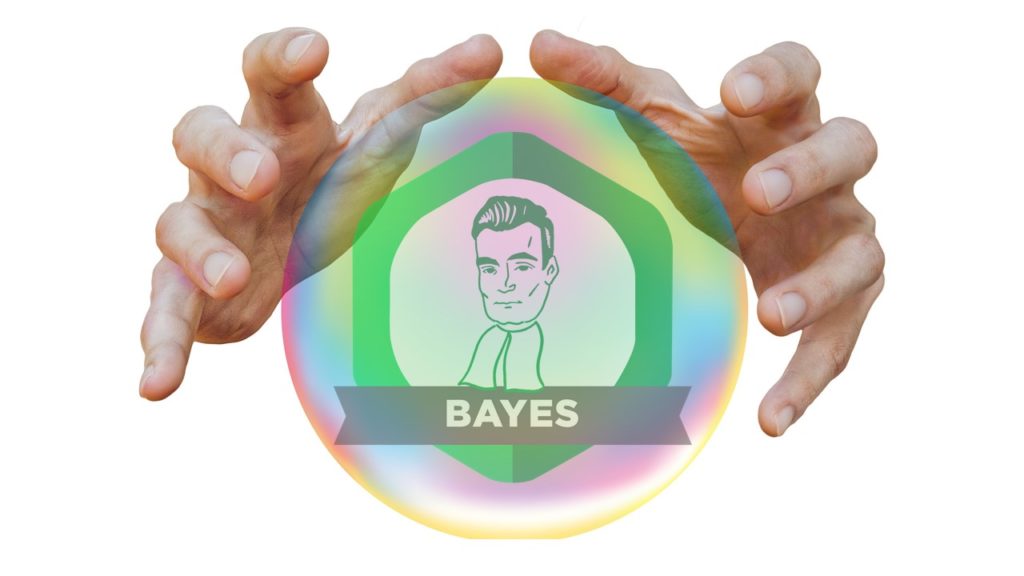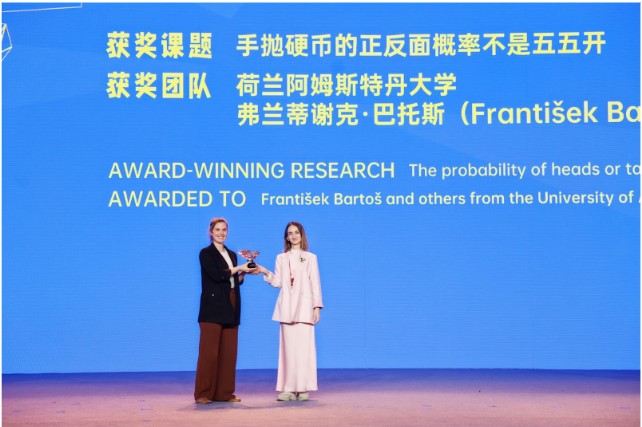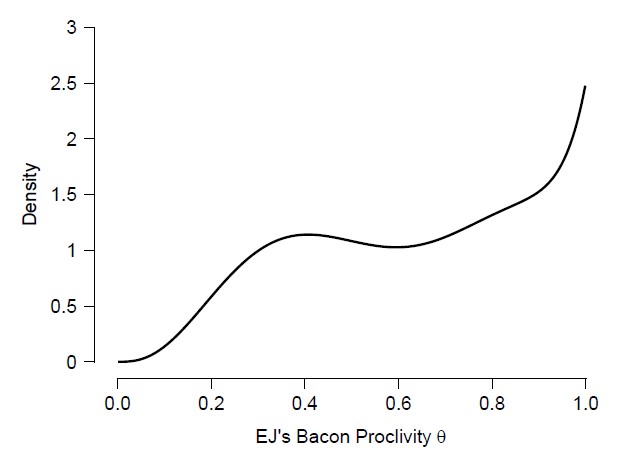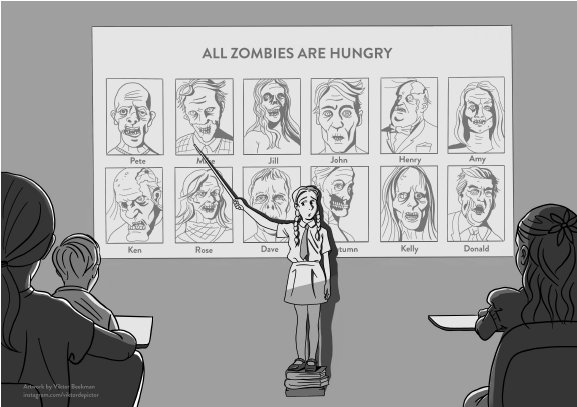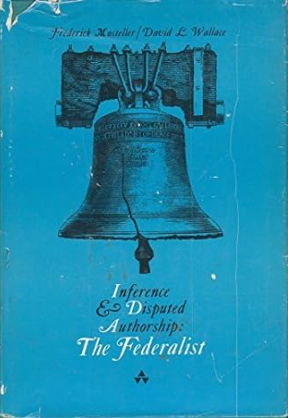Does Statistical Amateurism Cause Questionable Research Practices? Book Review of “Never Waste a Good Crisis”
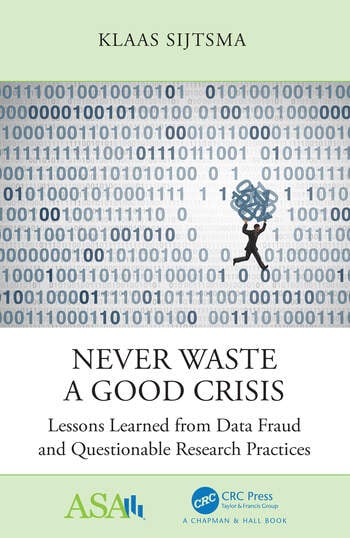
Klaas Sijtsma is an experienced psychometrician and former rector magnificus of Tilburg University. In “Never waste a good crisis”, Sijtsma discusses academic fraud (and in particular the infamous Stapel case, the fallout of which he had to deal with as dean of the School of Social and Behavioral Sciences at Tilburg University) and questionable research practices (henceforth QRPs). Importantly, Sijtsma…
read more